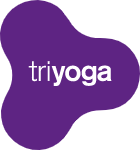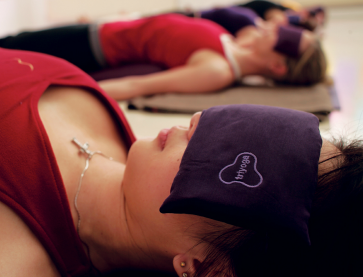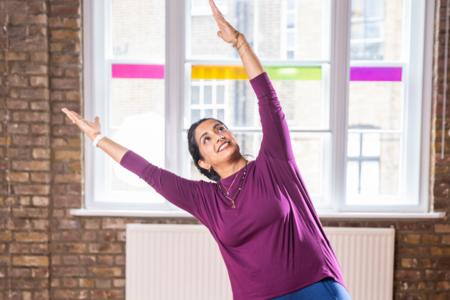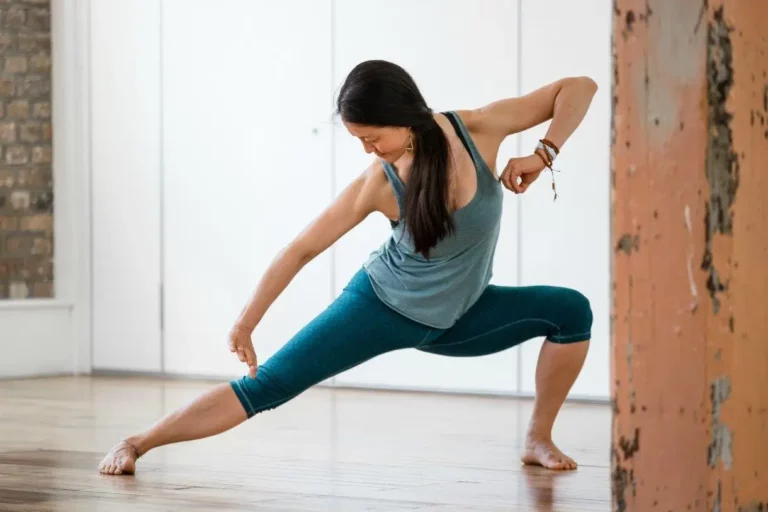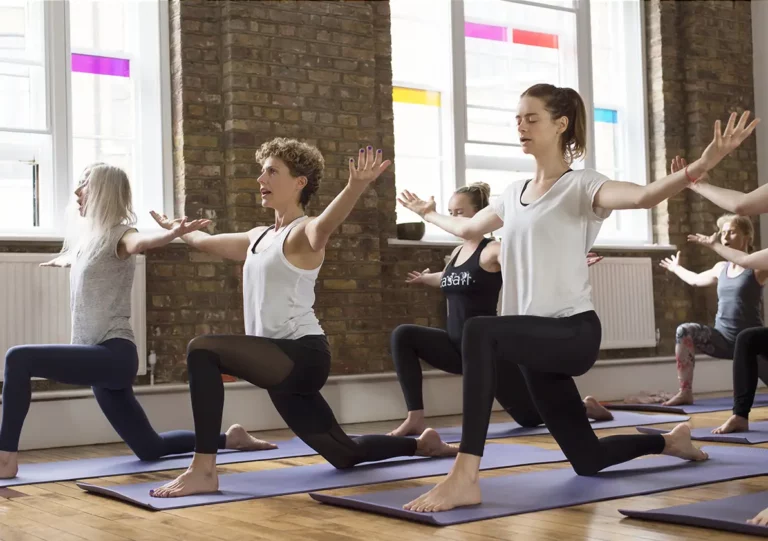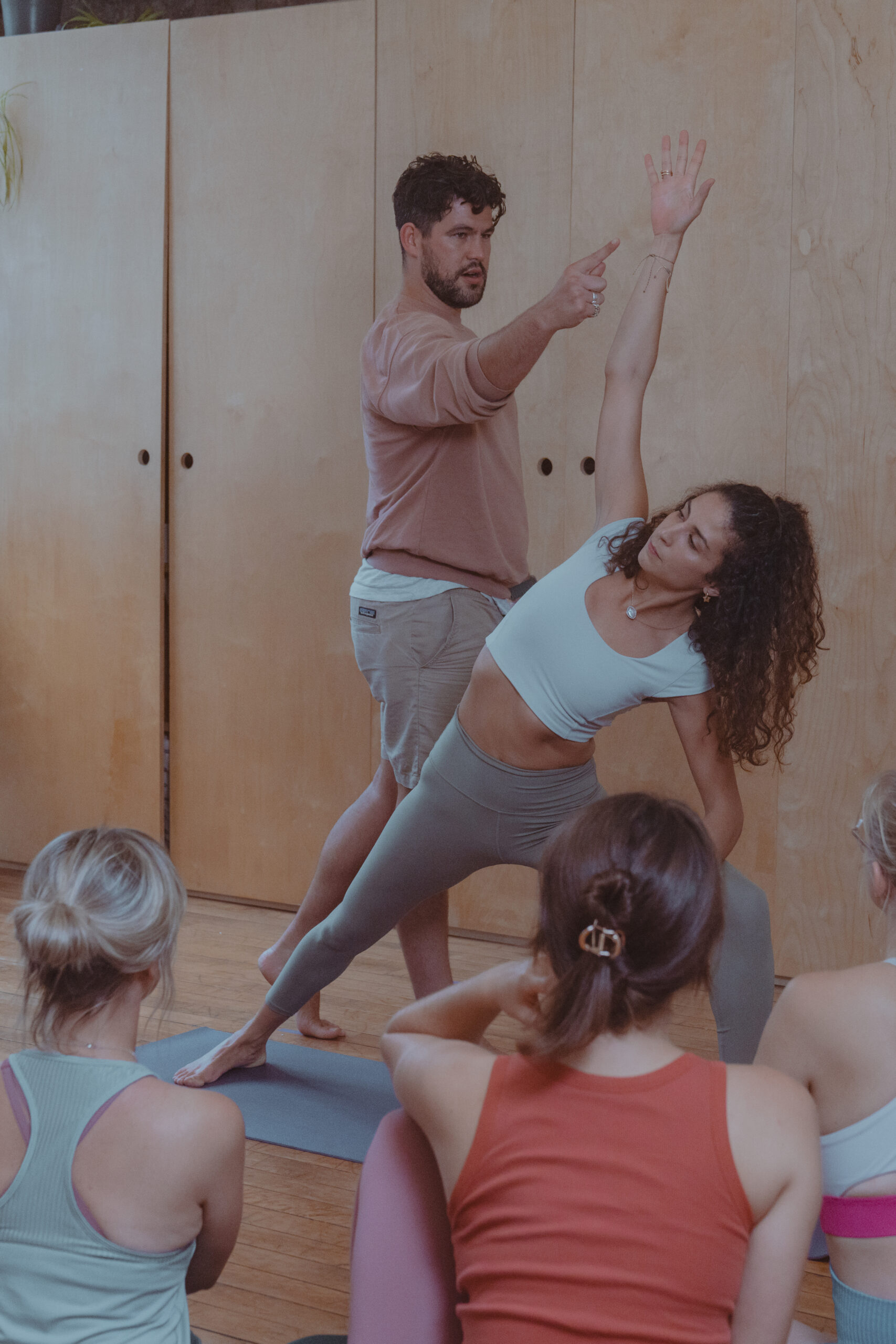Yoga nidra, a state of conscious deep sleep, is a simple yet profound technique that unwinds the nervous system and induces complete physical and mental relaxation with inner awareness. Yoga nidra teacher and trainer James Reeves shares more about the benefits of this sublime practice. Details about his upcoming book launch and yoga nidra teacher training are also shared below.
Is there an easy way to meditate? Yes… it’s called yoga nidra. All you have to do is lie down, listen and find yourself connecting with all that you are and everything that is.
Yoga nidra is a sublime practice, gaining popularity the world over as a means to treat depression, anxiety, trauma and other stress-related maladies – and of course, as a practice to enrich, sooth and nourish one’s everyday experience of life. However, it is by no means a new fad. It has its roots in a philosophy called Sankhya, first written down around 700 BC, and over centuries, it has been expanded upon – Patanjali and the Buddha being some of its more famous proponents. Today, yoga nidra has become an experiential map of the history of meditation.
How is yoga nidra practised?
During the practice, we turn our attention inwards, and we learn to surf between the states of wakefulness and sleep. Here, our body finds its natural state of equilibrium – the breath balances and becomes quiet, unconscious and conscious aspects of the mind reveal themselves, and we fall into an innate state of deep, blissful awareness.
Unlike most meditation classes, you will most likely lie down for the practice. The teacher will then guide you, usually for around 35 minutes, and your only requirement is to listen (though many people often drift in and out of sleep to begin with, which is okay.) You will most likely start by setting an intention (why are you doing this?), and then inquire into your deeper intentions for life as a whole.
You then might determine a collection of feelings and associations that make you feel safe and well, to create a place you can access when faced with difficulty. You will then explore the body and breath, using your senses as a microscope to observe and welcome every aspect of your being – a practice that leads the body and mind into a deep state of relaxation.
From here, various hits of emotions, thoughts and beliefs – often unexpected – will start to emerge. They may be experiences or emotions that you’ve not had the chance to deal with, or perhaps have found too overwhelming and, therefore, chosen – on whatever level – to repress. Now, with your body and mind rested ‘in neutral,’ you are able to welcome these thoughts, feelings and beliefs in new ways… to truly be with them.
What are the benefits of yoga nidra?
Yoga nidra doesn’t try to fix anything. Instead, through deep heartfelt listening and welcoming, so many problems of the body and mind find harmony and resolution. I delight in teaching this paradox; that which we can truly be with and we ultimately transcend. This is both the heart of yoga and the embodiment of enlightened living – to be with things as they are.
Once the mind and emotions have been seen, heard, welcomed and connected with, they too become increasingly subtle. This gives rise to the final phase of the practice: exploring consciousness. Do you know who you are? Are you aware of your true nature? Do you know what it is to be sentient? Yoga nidra enables us to dive in and recognize our Self (with a big S) as open, expansive, unbounded and unlimited awareness. This is the ultimate liberation and the highest realisation we can come to.
James Reeves founder of Restful Being, is one of the UK’s leading yoga nidra experts specialising in iRest (‘integrative restoration’) Yoga Nidra – a research-based transformative practice of deep relaxation and meditative inquiry proven to effectively reduce PTSD, depression, anxiety, insomnia, chronic pain and chemical dependency. James is the only iRest Yoga Nidra teacher-trainer in Europe, having studied extensively with the protocol’s founder Richard C. Miller, PhD. James has been a practising yoga teacher since 2005 and qualified as a Structural Yoga Therapist after completing his training with Mukunda Stiles in 2006. From his clinic in Oxford, James works with clients who are recovering from birth trauma, PTSD, sexual abuse and depression, for example, as well as injury and other physical ailments – and even pre-award ceremony nerves at the Oscars for one of his more high-profile clients.
